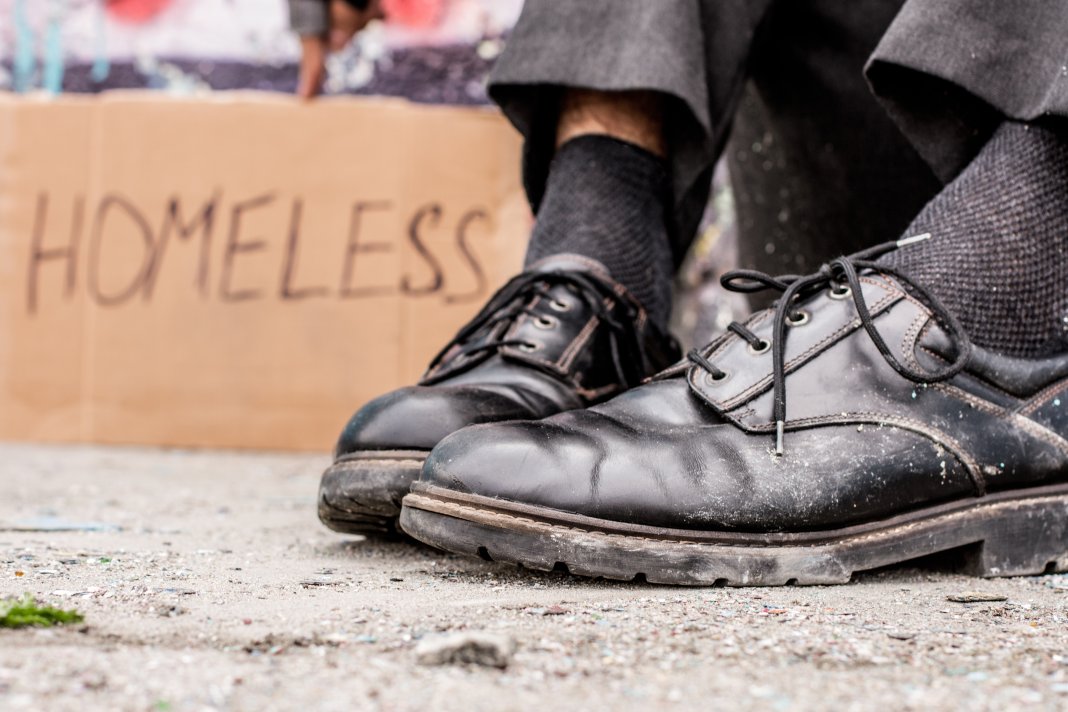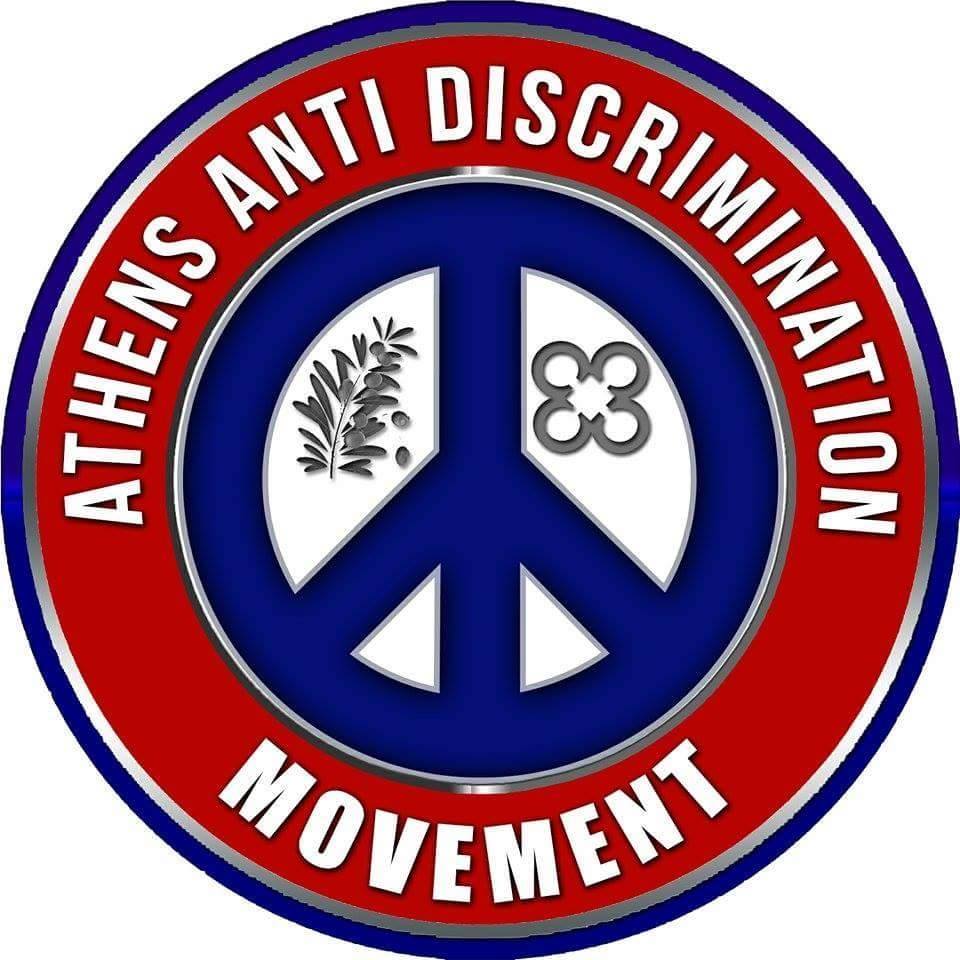
By Raiana Kelly, AADM Contributing Writer
In order to better understand poverty and the factors that contribute to it, it’s also important to understand racism and how the two are inextricably linked. Sociologist Robin D’Angelo writes that “social scientists understand racism as a multidimensional and highly adaptive system—a system that ensures an unequal distribution of resources between racial groups.” Poverty does not result solely from an unequal distribution of resources, but also from discrimination against individuals and communities based on their ethnicity, race, religion, or other characteristics. This discrimination encourages exclusion and impoverishes certain groups of people who suffer from unequal access to basic needs and resources.
According to the United Nations (UN), a history of discrimination has led to a great number of racial minorities disproportionately affected by poverty and trapped in conditions of “chronic deprivation of resources.” This disparity is multidimensional and is fueled by a lack of funding in education, adequate housing, and access to quality healthcare.
Education is a crucial component of preparing and equipping individuals with the skills necessary to break the cycle of poverty and achieve economic and social mobility. Compared to White Americans, there are large disparities in education attainment and outcomes for minority groups. According to the National Center for Education Statistics, Black and Latinx students are much more likely to attend high-poverty schools than White and Asian students. In a report from the Brookings Institute, the connection between income and education was addressed. The study concluded that, on average, low-income students score lower on state exams than middle/high-income students, and that housing costs near high-scoring public schools are 2.4 times more expensive than housing near low-scoring schools. This study emphasized the importance of high-quality schools in relation to socioeconomic status. Families that are interested in living in areas served by high-scoring schools must have a greater income.
Despite the Fair Housing Act and other initiatives that prohibit discrimination in relation to selling, renting, and financing housing, most Americans still live in segregated neighborhoods. Due to the wealth gap in the United States, segregated housing means that those that live in low-income neighborhoods are more likely to attend schools with fewer resources – making it more difficult for those individuals to break the cycle of poverty. Furthermore, the well-documented history of mortgage market discrimination means that Black people are significantly less likely than White people to be homeowners which, in turn, means that they’re less likely to have access to the savings and tax benefits associated with owning a home. In neighborhoods that have high concentrations of poverty, the members of that community are more likely to spend at least half of their income on housing, forcing them to sacrifice in other areas, such as food or healthcare.
According to the UN, “owing to their economic and social conditions, groups that are discriminated against are more exposed to health risks and diseases. They are more likely than others to live in polluted and environmentally degraded areas where the risk of exposure to substance abuse, violence, and infectious diseases is higher.” The Institute of Medicine’s Unequal Treatment report consolidated research demonstrating that racial and ethnic minorities in the United States are less likely to receive preventative treatments and are more likely to receive lower-quality care than White Americans. Even after factors such as income, neighborhood, comorbid illnesses, and type of health insurance are considered, this study showed that health outcomes for Black people are still worse than Whites.Poverty contributes to the persistence of racist attitudes and practices, which in turn generates more poverty. Inherent structural racism and the resulting racial and ethnic disparities driven by intentional and unintentional decisions, programs, and policies, continues to limit and burden millions of people. By limiting the contributions of a large portion of our population, persistent poverty hurts the entire nation. However, it can be overcome; by explicitly acknowledging that race and ethnicity are predictors of poverty and by addressing the specific factors that lead to worse outcomes for minority groups, we can reduce and eliminate the racial disparities observed in education, housing, healthcare, and more. It’s also essential to include minority groups in leadership in order to foster cooperation in a way that benefits all members of society. If you’d like more information on the link between poverty and racism, you can read more here and here.
